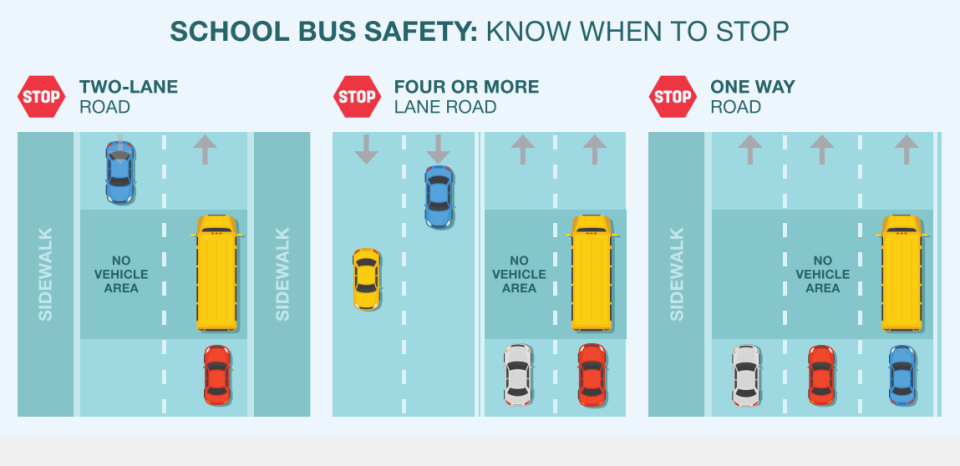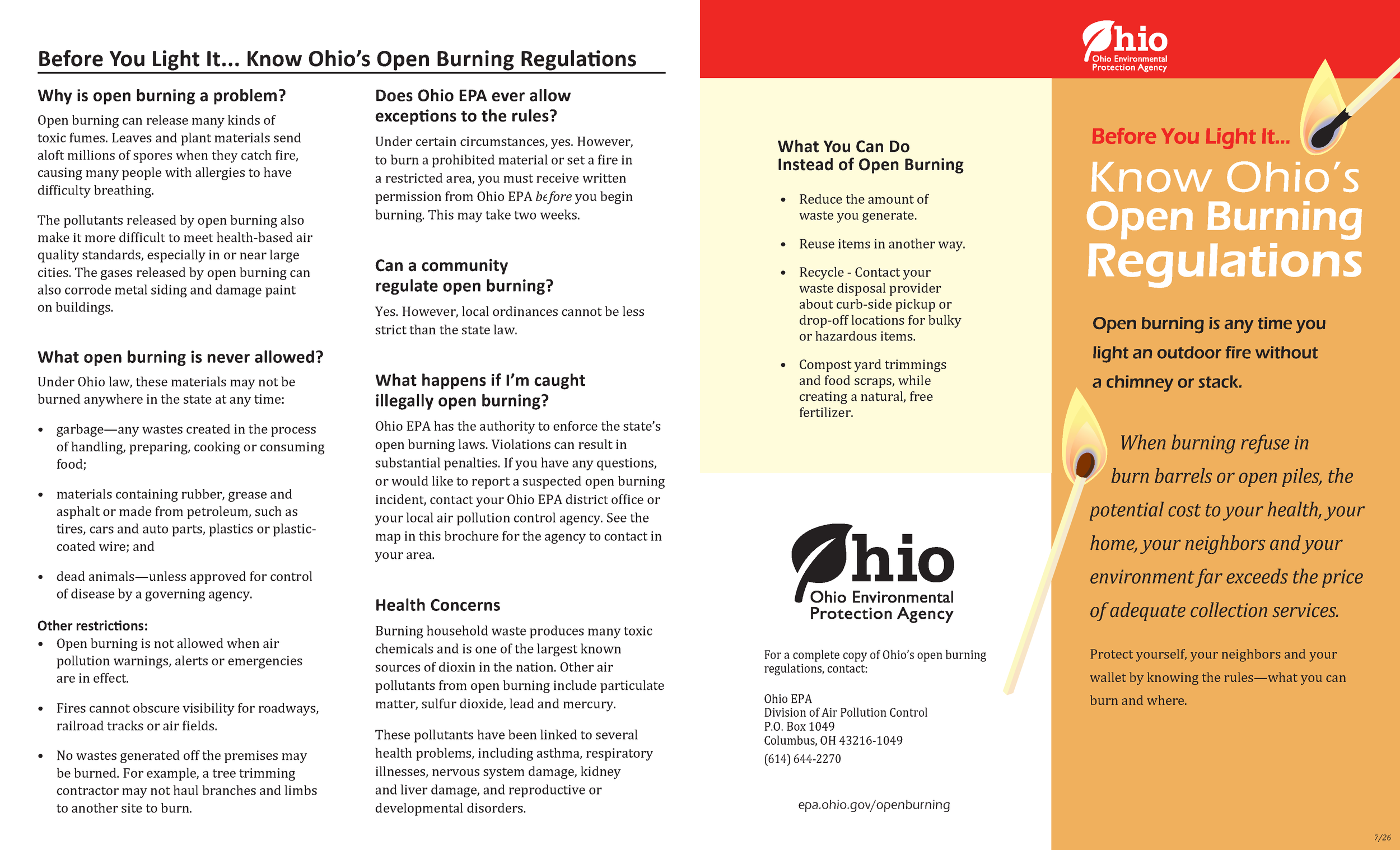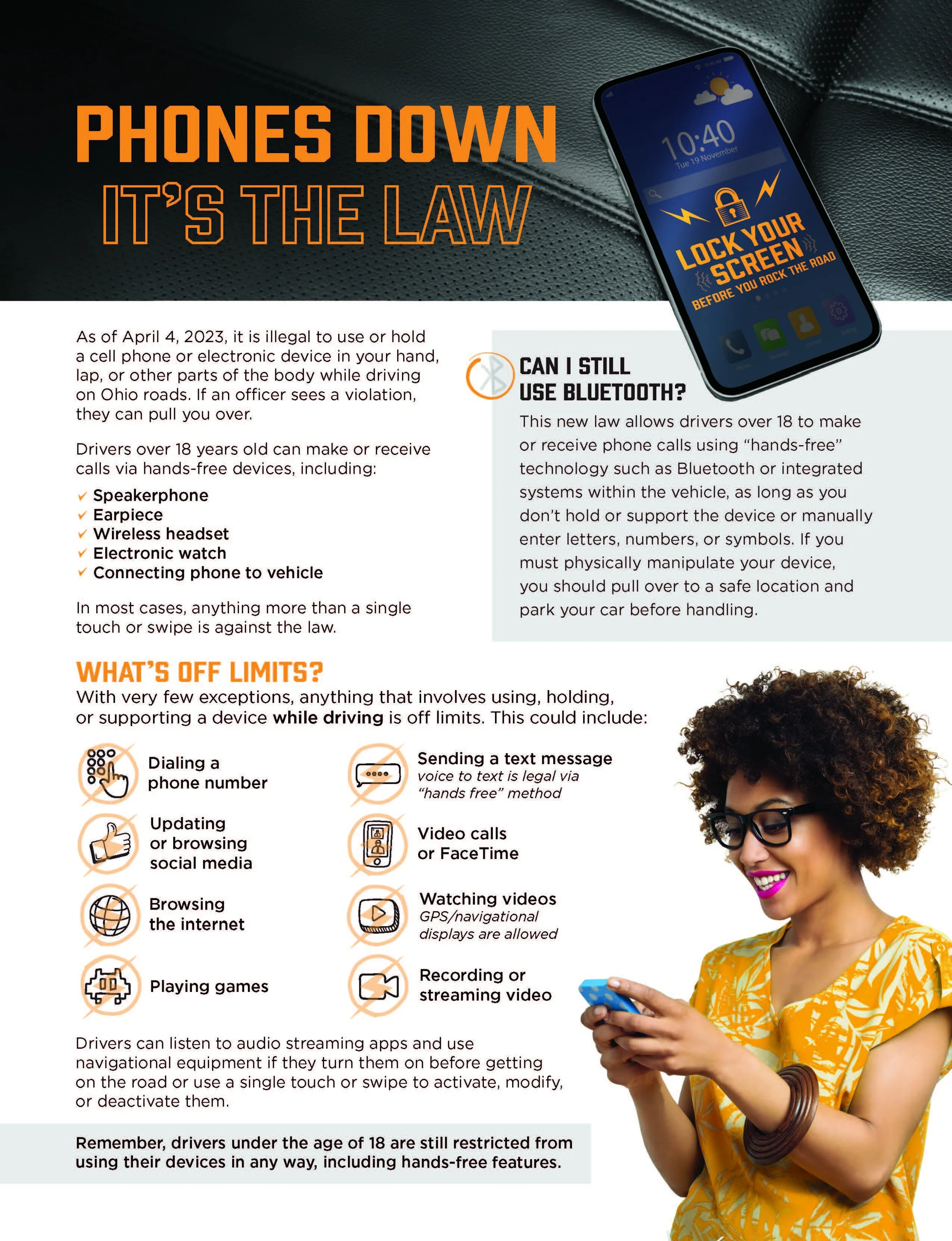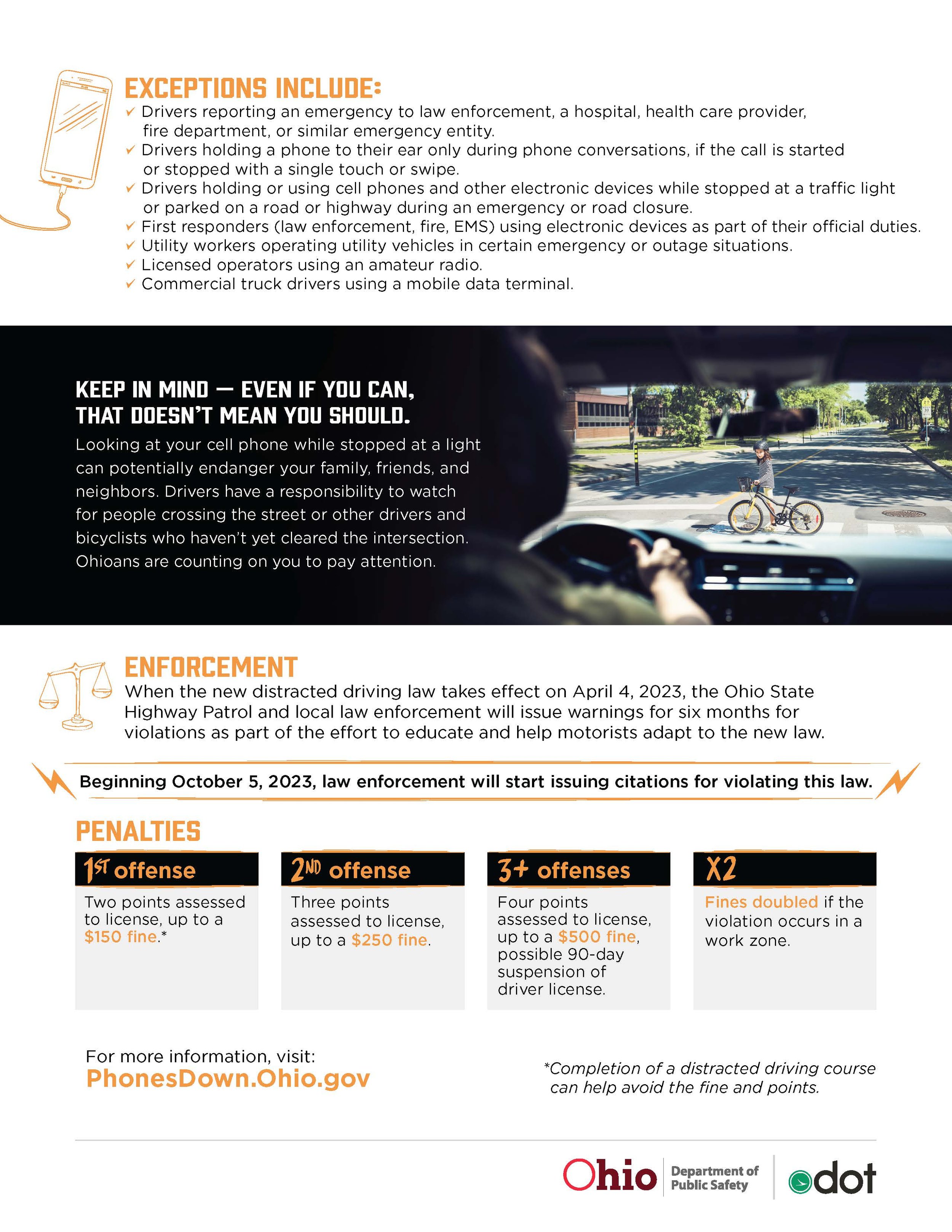Ashland County First Responders Team Up For Active Shooter Training
Public Notice - Controlled Training Event on March 15, 2024
On Friday, March 15, 2024, from 10:00 a.m. to 1:00 p.m. at Grace Church, 1144 West Main Street, Ashland, an Ashland County multi-agency large-scale training event will take place. There will be signage in the area of the training informing residents of the “training event”. Please avoid the area as some roads may be temporarily closed surrounding the church. Please do not call 911 or police agencies to ask what is occurring. THIS IS A CONTROLLED EVENT.
Scammers are Targeting Ashland Residents
SCAM ALERT
It has been brought to our attention that someone is calling Ashland area residents impersonating various members of the Ashland County Sheriff's Office. One of the call back numbers given was 419-558-6546. This is not an ACSO number. The message it gives is not from anyone at the ACSO.
Scammers can find all sorts of information on us and put enough of it together to sound legit. Do not trust caller ID, it can be spoofed. Scammers have been known to use the name of current or former deputies and officers as well. These calls can be frightening, the scammer wants to keep you off balance you so you'll fall for their demands.
Remember:
Deputies / Officers will not threaten to arrest unless you immediately pay a fine.
Deputies / Officers will not ask for prepaid money cards or gift cards as a form of payment.
Deputies / Officers will not clear up a warrant over the phone in exchange for payment.
Protect yourself by refusing to give the scammer any information. DON'T give them any money or bank account info. Hang up on the scammer.
For more information on phone scams click the following link.
https://consumer.ftc.gov/articles/phone-scams#whattodo
Does Medicare Call You at Home: How to Spot Medicare Phone Scams
Once you become eligible for Medicare, typically in the months before you turn 65, you may experience an uptick in calls from people who say they’re from Medicare-based organizations. These could be scam calls, and the people on the other end of the line are not official Medicare or Social Security representatives.
When enrolling in Medicare, you should know that neither Social Security nor Medicare will ever call you to get information. Should any Medicare or Social Security need to contact you, they will always send you a letter to notify you.
What is a Medicare Scam?
Medicare scams are typically people calling or emailing you asking for sensitive information while claiming to be Medicare representatives. Most of the time they are pretending to be from Medicare or from a legitimate Medicare insurance company or brokerage.
Medicare frauds want you to give them private information so that they can steal your identity or trick you into giving them as much of your money as they can.
If someone claiming to be associated with Medicare asks you for any of the following information, it’s most likely a scam. You should never give out this information to someone who has contacted you first.
Social Security number
Bank account number
Current Medicare card number
Credit card number
Full address
Full name (first, middle, last)
Maiden name
DO NOT respond to any scammers, JUST HANG UP!
Then call the organization they are claiming to call from directly.
If you reach out to Medicare, Social Security, your insurance company, or an insurance broker, make sure you have the correct, legitimate phone number off of the organization’s official website or any printed mail you receive from them.
Click here for information on: Reporting Medicare Fraud & Abuse
School Bus Safety Season Is Here
School begins this week. Here is a refresher on the laws about stopping for a school bus.
In Ohio, school bus traffic laws vary depending on the size of the road:
Two-Lane Roads:
All traffic must stop for a school bus no matter which direction it’s traveling.
Traffic must stop at least 10 feet away from the school bus, whether approaching the front or rear of the bus.
Highways with Four or More Lanes:
Only traffic moving in the same direction as the bus must stop when the school bus stops to release passengers.
Traffic coming from the opposite direction doesn’t have to stop in these instances.
Children are dropped off on the same side of the road as their residences. They should not have to cross the street. Just the same, it would be wise to be alert and slow down.
Divided Highways:
Divided highways are treated the same as those with four or more lanes.
Oncoming traffic doesn’t have to stop regardless of how many lanes of traffic there are, but traffic moving in the same direction still has to stop.
Traffic must stop no less than 10 feet away from the school bus.
School Bus Safety Requirements for Traffic:
A school bus doesn’t have to be equipped with an extending stop safety sign in order for traffic to stop.
When lights are flashing, this is sufficient to signal drivers that they need to stop, as the bus is loading or unloading passengers.
Amber and red visual signals are required for a school bus.
Violation of School Bus Traffic Laws:
Those who violate school bus traffic stop laws may receive a $500 fine and could have their driver’s license suspended. Some communities in Ohio the maximum fine is $1000 and 30 days in jail.
Please be mindful as school starts back up, and buses are back on the road.
And please Buckle Up!
Ohio Department of Public Safety Warns of Sophisticated Identity Theft Scheme
For Immediate Release: June 27, 2023
Ohio Department of Public Safety Warns of Sophisticated Identity Theft Scheme
(COLUMBUS, Ohio) – The Ohio Department of Public Safety today issued a warning about a sophisticated identity theft scheme impacting individuals across the country, including in Ohio.
The scheme, which was first identified in Texas earlier this year, involves the use of stolen personal information to answer online Bureau of Motor Vehicles (BMV) security questions and gain access to individual BMV accounts. Once inside an individual’s account, identity thieves then request a driver’s license or identification card reprint be mailed to a new address.
“This scheme is incredibly concerning, not only because criminals are ordering up legitimate driver’s licenses but because they can use these cards and the stolen personal information to potentially access your bank account,” said Ohio Department of Public Safety Director Andy Wilson. “If you receive a postcard from the Ohio BMV telling you about an address change that you did not request, it’s important that you immediately take action.”
Thousands of replacement driver’s licenses were sent to unauthorized parties using stolen personal information in Texas. In Ohio, the BMV has initiated contact with around 90 Ohioans whose stolen information was used to obtain or attempt to obtain a driver’s license reprint. It is unknown where the criminals obtained the stolen personal information. No State of Ohio systems were breached.
The Ohio BMV has reported the fraud to federal, state, and local law enforcement agencies and has devoted additional resources to monitor for patterns associated with this criminal activity. Due to this additional monitoring, it is unlikely that additional fraudulently requested Ohio driver’s licenses will be mailed, however, if you receive a postcard from the BMV notifying you of online profile changes that you did not request, you should immediately contact the BMV at 1-(844)-644-6268. It is also recommended that you file a report with your local law enforcement agency, change answers to your online security questions, and place an initial fraud alert on your credit file.
More information on steps to take if your identity is stolen can be accessed via the Ohio Attorney General’s Office.
An example of a BMV address change postcard can be found below. Postcards are mailed to customers’ old addresses any time an address change is made.
Signs of an Opioid Overdose & When to Use Naloxone
Opioids affect the body’s receptors that are related to breathing, which causes breathing to become slow and shallow. A person’s breathing can stop within minutes to hours after using the drug. Once breathing stops, brain damage can start within three to five minutes without oxygen, leading to death.
A death from an opioid overdose can happen quickly, most often when the person is alone and no one is around to intervene.
Signs of an OVERDOSE, which may often result in death if not treated.
Difficulty walking or talking, unconsciousness or inability to stay awake.
Extreme drowsiness, tiny pupils.
Slow or shallow breathing. Breathing difficulty such as choking sounds or a gurgling / snoring noise from a person who cannot be awakened.
Fingernails or lips turning blue / purple.
Confusion and/or disorientation.
Unable to wake them by shaking or yelling at them.
Slow or weak pulse.
If an opioid overdose is suspected, CALL 911. Inform the Emergency Operator of your location and that you suspect an overdose. Attempt to wake or stimulate the person:
Call the person’s name. Tap their shoulder or shake them.
If this doesn’t work, vigorously rub knuckles into the sternum (the breastbone in middle of chest) or rub knuckles on the person’s upper lip.
If the person responds, assess whether he or she can maintain responsiveness and breathing.
Continue to monitor the person, including breathing and alertness, and try to keep the person awake and alert.
If the person does not respond:
Administer naloxone (Narcan) if available.
Begin rescue breathing if the person is not breathing on their own.
Tilt their head back to open the airway and check their mouth to make sure it is not blocked. Begin rescue breathing by pinching their nostrils, placing your mouth entirely over theirs, and breathing into their mouth every five seconds for 30 seconds for an adult.
Place the person onto their side to prevent choking and remain with them until emergency services arrive.
If they are not breathing and do not have a pulse, begin CPR. The dispatcher can talk you through it if you are not trained.
Printable Tri-fold of above Pamphlet
Learn more about Drug Education & Prevention at SUPE | Substance Use Prevention Education (addicted.org)
Forms of Fentanyl Encountered in Ohio
Parent's Guide to Fentanyl
Before You Light It... Know Ohio’s Open Burning Regulations
State Agencies Warn of Cryptocurrency Scams Targeting Older Adults
If you or a loved one believe you have been a target of a cryptocurrency scam, please see the
following resources and reporting guidelines:
State Resources & Reporting:
• Ohio Department of Aging: Stop Scams Before They Start: https://aging.ohio.gov/care-andliving/get-help/elder-justice/stop-scams-before-they-start
• For local services and support for older adults and caregivers, call 1-866-243-5678 to be
connected to the organization on aging serving your community.
• Ohio Attorney General’s Office, Elder Justice Unit: Report a scam:
https://www.ohioattorneygeneral.gov/About-AG/Contact/Report-AScam
Federal Resources & Reporting:
• Federal Trade Commission (FTC): Report fraud: (202-326-2000)
https://reportfraud.ftc.gov/#/form/main
• Internet Crime Complaint Center (IC3): https://www.ic3.gov/home/fileComplaint
• Commodity Futures Trading Commission (CFTC): https://www.cftc.gov/complaint
• U.S. Securities and Exchange Commission (SEC) https://www.sec.gov/tcr
Cryptocurrency Platforms:
• Always contact the cryptocurrency exchange company where the funds (i.e. Bitcoin) were sent or
transferred. Most cryptocurrency exchanges have scam reporting features.
New Law: Phones Down, It's the Law
Ohio Narcotics Intelligence Center Warns of Emojis Symbolizing Potential Drug Activity
(COLUMBUS, Ohio) —The Ohio Narcotics Intelligence Center (ONIC) released a public safety bulletin today alerting parents that emojis are being used by youth on social media and electronic communications to market, sell, and buy illegal drugs.
Emojis used in drug communications commonly refer to the physical, psychological, or physiological characteristics of the drugs. The presence of these emojis in communications can be one indication of possible drug activity, though it is important to note that these meanings are not definitive and emojis can be used in other ways.
“The use of emojis in this manner is a nationwide trend, and our analysts are seeing it here in Ohio as they analyze electronic devices seized in ongoing drug investigations,” said Cynthia Peterman, ONIC Executive Director. “Although use of these emojis is most often harmless, it’s important that parents keep this alert in mind, especially if their child is showing other signs of withdrawal or drug abuse.”
Emojis can refer to specific types of drugs such as a peeled banana for oxycodone/Percocet, a step ladder for alprazolam/Xanax, a snail for fentanyl, or a palm tree for marijuana.
Emojis are also used in generic ways to denote a drug dealer with an electrical outlet plug or the price of a drug by using a concert ticket stub. Other general references include using a flame, gasoline pump, or goat to depict the high potency of a drug and an astronaut, rocket, or face with an exploding brain to describe the euphoria of drug use.
To report a drug tip to ONIC, please call 1-833-OHIO-NIC (644-6642).
Governor DeWine signed an executive order in July 2019 creating ONIC, a specialized criminal intelligence unit to assist local law enforcement in conducting intelligence-driven drug trafficking investigations. Operated as part of the Ohio Department of Public Safety, ONIC has locations in Cincinnati, Cleveland, Columbus, and Toledo. ONIC’s criminal intelligence analysts and computer forensic specialists provide investigative, analytical, and digital forensic support to local law enforcement agencies and drug task forces throughout Ohio.
Do It For James Foundation
Press Release -January 28, 2023
U.S. Attorney’s Office Warns Residents About Scam Calls Demanding Money
Tuesday, January 3, 2023
U.S. Attorney's Office, Northern District of Ohio
CLEVELAND – The U.S. Attorney’s Office for the Northern District of Ohio is cautioning northern Ohio residents about a telephone spoofing campaign where the caller is portraying themselves as an attorney, representative, or law enforcement officer, and the phone number is showing as the Department of Justice or the U.S. Attorney’s Office.
During these calls, scammers may attempt to collect money from victims or threaten arrest or legal action. These calls are bogus and an attempt to use a legitimate law enforcement number to obtain money from victims.
Scammers use many tactics to sound and appear credible. They sometimes provide information like actual names of federal prosecutors and federal office addresses. They also spoof their phone numbers to appear on caller IDs as if they are calling from a government agency such as the U.S. Attorney’s Office.
The U.S. Attorney’s Office reminds the public to be vigilant and never share personal identifying information with a caller that you have not initiated contact with or have not verified as a legitimate business or organization.
The U.S. Attorney’s Office will never ask you to purchase a gift card or give out a credit card number to avoid arrest.
To report a call or message from someone portraying to be a representative of the U.S. Attorney’s Office or Department of Justice, please contact the Federal Trade Commission (FTC) at reportfraud.ftc.gov
Contact
Daniel Ball
Updated January 3, 2023
Winter Warming Centers
Here is a list of warming centers that will be available in Ashland County during the upcoming winter storm. Please use them if you need them. Not all of the township fire stations are manned 24/7 so if you need to go there, contact the sheriffs office (419-289-3911) and they will let the department know it is needed.
Ashland, OH
Trinity Lutheran Church: 508 Center St. {times vary}
Ashland County Sheriff' s Office: 1205 E. Main St.
Kroc Center: 527 E. Liberty St. - Thursday: 5:15 AM to 8 PM; Friday: 7:30 AM to 12:30 PM
Ashland Transit will provide rides 6 AM to 9 PM Thursday and Friday
Hayesville, OH
Hayesville Fire Station: 8 High St.
Jeromesville, OH
Jeromesville Fire Station: 1 North St,
Mifflin, OH
114 S Ohio Street
Perrysville, OH
Green-Perrysville Joint Fire District Station: 181 E 3rd St.
Polk, OH
Polk Jackson Perry Fire District Station: 209 E Congress St.
Savannah, OH
Savannah Fire Station: 6 Haney St.
Ashland County Tornado Siren Upgrades Have Begun
NOTICE for Ashland County Residents
We are in the process of updating the electronics that control the Ashland County Tornado sirens. Part of this process requires a test that will cause a siren to sound off for 1 second. This update will be performed on each siren and the process is expected to be completed during the next 2-3 months.
Do not be alarmed if you hear a single siren sound off for ONE second. It is only a test.





















